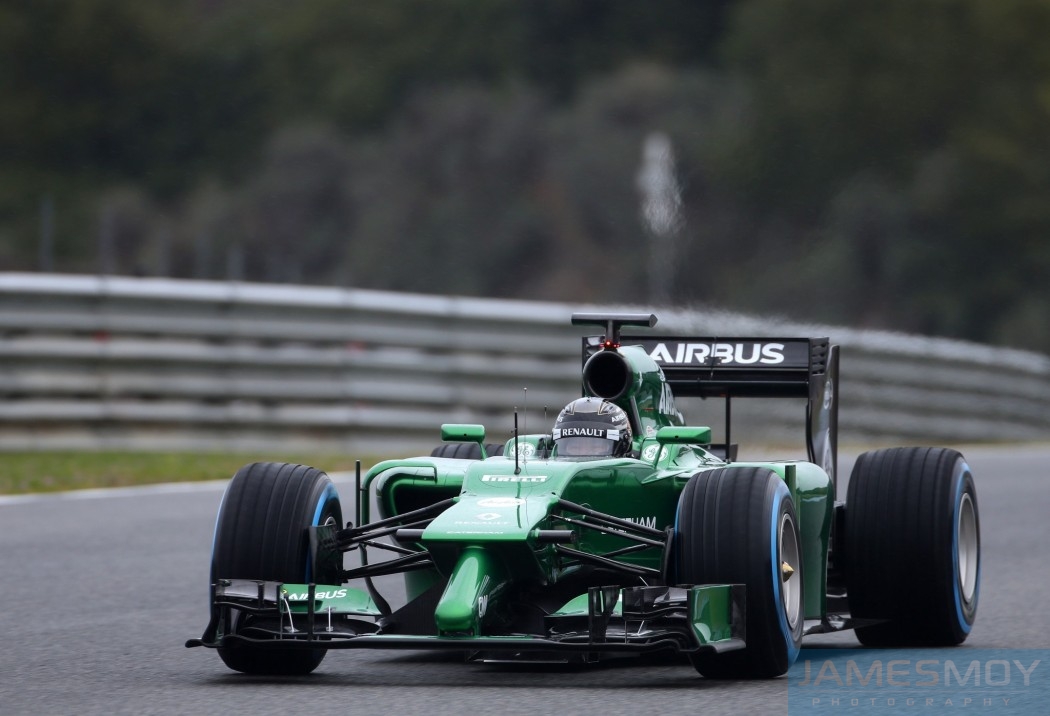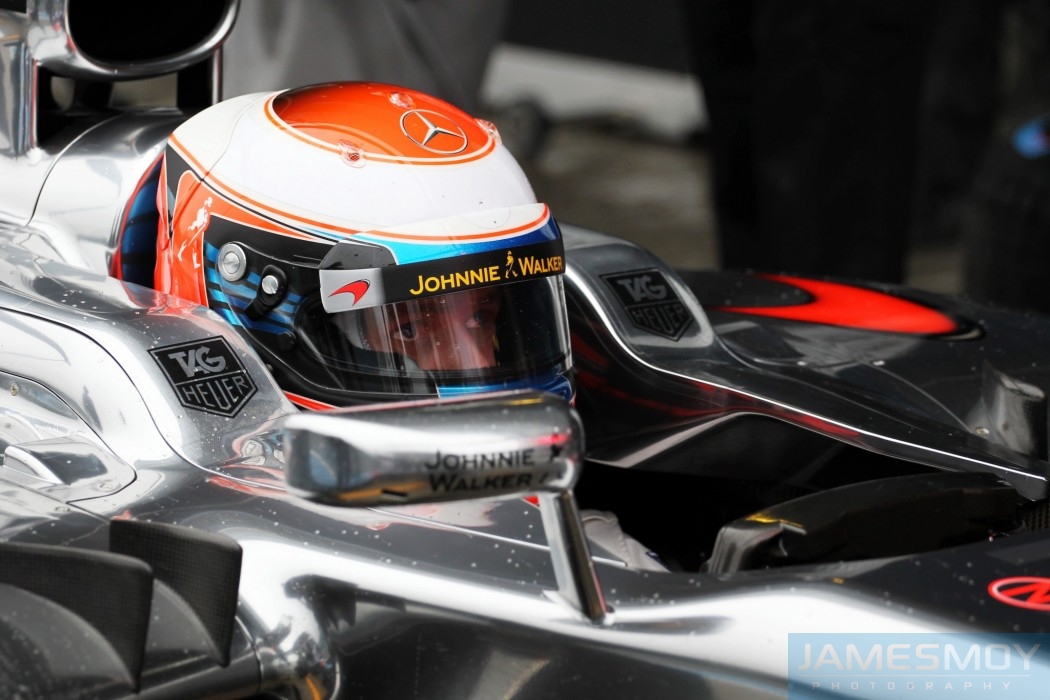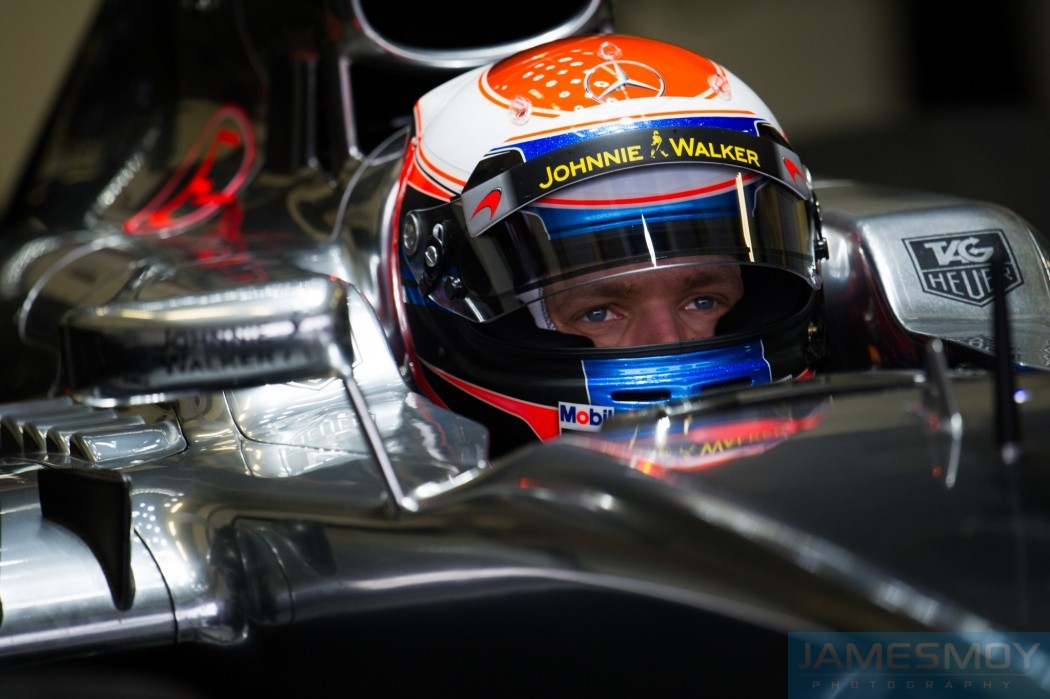Formula One’s new era got underway with four days of testing at Jerez (to be followed by two more four-day sessions in Bahrain next month), with teams trying out their new cars and the 2014 tyres for the first time.
Click here to subscribe to our print edition!
With such a revolutionary series of technical changes, running was considerably limited compared to last year, and very little tyre work was carried out.
Nonetheless, the teams were able to have their first taste of Pirelli’s 2014 tyre range, which features new compounds and constructions. The teams could also try out the new Cinturato Green intermediate and Cinturato Blue wet on the second day, which was designated as a wet-weather test day. More rain then fell on Friday, providing another opportunity.
Pirelli brought a bespoke ‘winter’ version of the hard tyre to Jerez, designed to enable teams to maximise running even in low ambient temperatures (which dipped to six degrees centigrade).
Paul Hembery, Pirelli motorsport director:
The emphasis was not on tyres during this test: instead, the teams were simply trying to understand this radical new set of regulations and put the first kilometres onto their cars. With so much to understand about the new power units and aerodynamic rules, the teams aimed simply to increase their knowledge about the cars. The upcoming tests in Bahrain should allow them to focus on tyres a little more, having had two weeks to develop their cars and remedy any issues that have been identified at Jerez. We, too, are completely open, flexible and ready to adapt our tyres should the tests in Bahrain, where more meaningful running will take place, identify any need to do so. This year’s test regulations stipulate a day of wet weather running, which we could carry out on Wednesday morning. With more rain falling on Friday, the teams had the opportunity to try out the wet-weather compounds before using them in race conditions.
Testing Facts:
The opening day of running was extremely quiet, with just 93 laps completed by eight drivers and cars on Tuesday. The on-track action then ramped up, with teams attempting longer runs. The final day was the busiest day of the test, with 688 laps completed.
Teams had a maximum of 25 sets of tyres each at their disposal for Jerez. In total, 18 of those sets were selected by Pirelli (six ‘winter’, four hard, two medium, and three each of intermediate and wet). The teams were then allowed to choose in advance seven more sets of tyres to test per car, up to their total maximum of 25. In total, 135 sets of tyres were allowed per team for testing throughout 2014.
Owing to the huge number of new variables at work and the wide spread of lap times seen throughout the four days, there was no real significance in the time difference between the compounds tested at Jerez. More meaningful tyre data should be seen in Bahrain, with all the teams expected to be present.
More Testing Facts:
A total of 22 drivers took part in the Jerez test, completing 1,470 laps and 6,509 kilometres.
The equivalent Jerez test last year took in 3,531 laps and 15,634 kilometres.
McLaren driver Kevin Magnussen set the fastest time of the Jerez test, with a time of 1m23.276s on Thursday. By way of comparison, the fastest time at the Jerez test last year was 1m17.879s, set by Felipe Massa in a Ferrari.
The highest number of total laps completed at this year’s Jerez test by any one driver was Nico Rosberg, who racked up 188 laps with Mercedes.



















Related Articles